Challenges of modern design → Overcome the limits
Classical analysis techniques are based on simplified linear approximations and, because of this constraint, are in their application limited to problems that fit into linear assumptions. All these models of behavior are easy and require a lesser amount of effort for the analysis. Although, for our own understanding, we often look to simplify the world around us, ultimately we need to realize the fact that all physical processes and hence engineering science are intrinsically nonlinear. Because of this, there are situations for which the results provided by simple linear analyses are useless and the non-consideration of non-linear effects may result in serious design faults.

In fact, the introduction of the non-linearity in the analysis mean the extension of the possibilities. Even our Ancestor has learned this with his arrows and the bow when he discovered that his arrows will fly much farther and that he can hit target at a larger distance, if he shoots a little above than at the target level. Because the way of the arrow nonlinear is.
The non-linear analysis, has received today a major position in the modern technology. With the increase in hardware capacity and software improvements today, the linearization of technical problems is no longer necessary. Futhermore, nonlinear science has become a leading discipline in itself, simply because nature is nonlinear. The term non-linear science, i.e. the science of problems that are not linear, may seem at first glance as an exception: It seems to indicate that linear problems are the central issue, while in fact, exactly the opposite is true. Both mathematically and physically, linear equations are the exception rather than the rule.
Find more about here
Subsequently, a row of the practical examples are shown below and the relationships which clarify it are explained.:
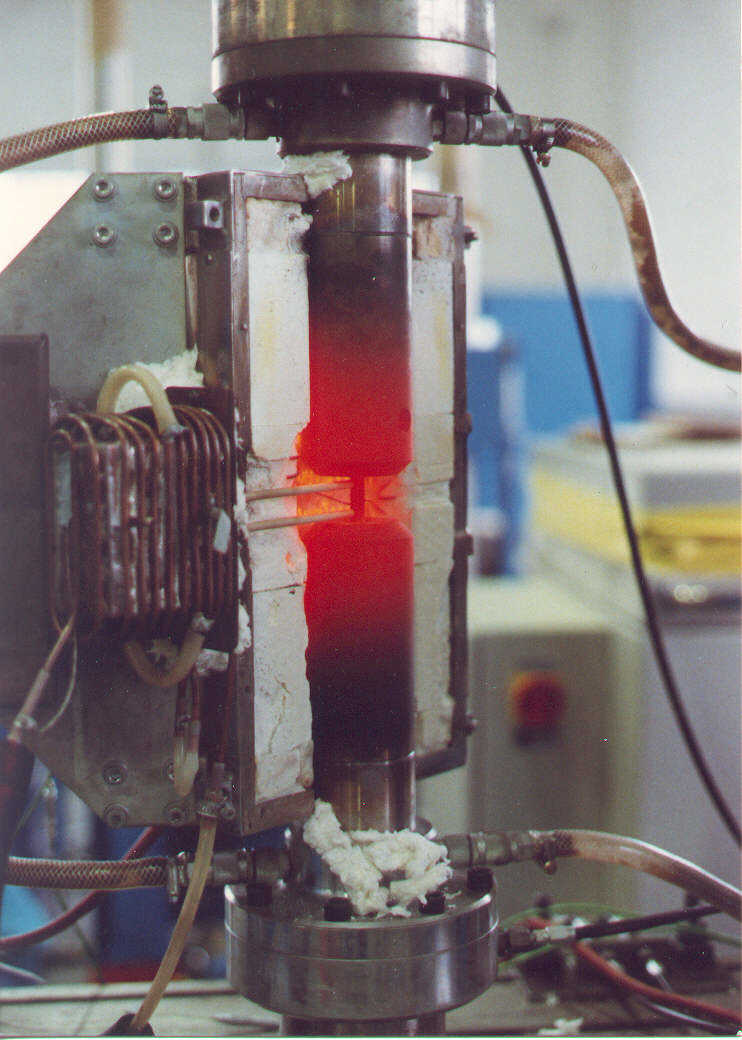 |
Life prediction at very high operating temperatures
|
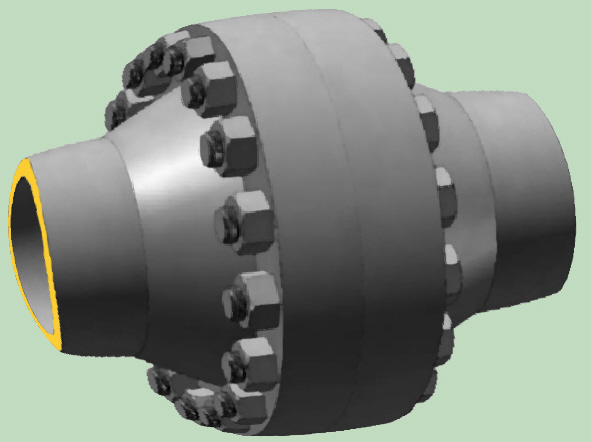 |
Nonlinear behavior of multi bolted connectionsThe behavior of almost all bolted connections, and especially multi-bolted joints, is critically influenced by the bending deformations, which, however, despite the fact that these bending deformations cause the non-linear behavior that leads to the significant non-negligible additional stresses of all parts of the joint, by the classical methods of calculation are not considered. That's why methods based on linear assumptions, such as VDI Guidelines 2230, are insufficient for their analysis. In order to take account of this decisive influence and depending on the basic form of a connection, these can be simulated by beams, plates and bending bars considering their bending deformations. You want to know, when and why is the use of classical linear methods of calculating bolted joints in your case not only inappropriate, but perhaps dangerous? |
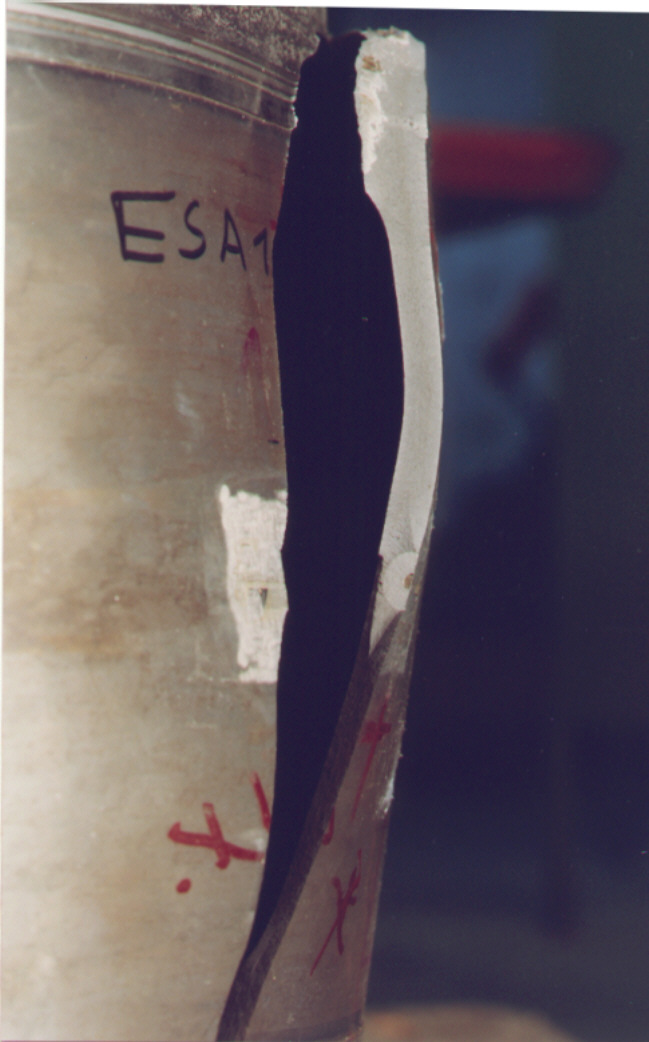 |
Residual strength of structure with crack
|
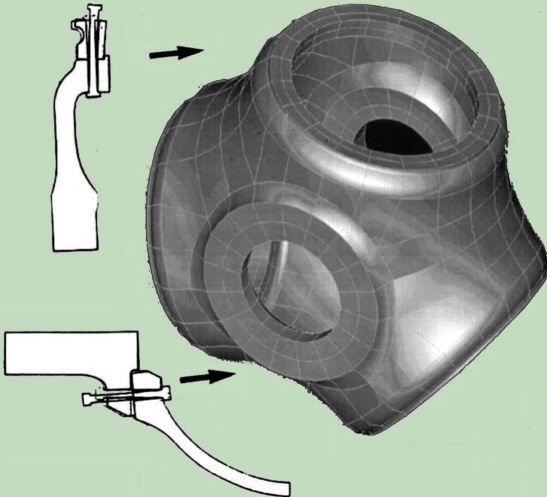 |
FEM Analysis of screw connections - not without including non-linearityGenerally seen the FE analysis of bolt connections may offer advantages in terms of time and expense than any other methods. Nevertheless, the existing potential of the method is not always realized because the result of the finite element analysis can be extremely sensitive to the suitability of the modelling technique and adequate consideration of the non-linear behavior. Last but not list, during the modelling one perceives the complexity of a bolt connection. Thereby, the preloading of the connection and variable mutual contact of parts requires extremely subtle modelling for the purpose of accurate FE analysis. |
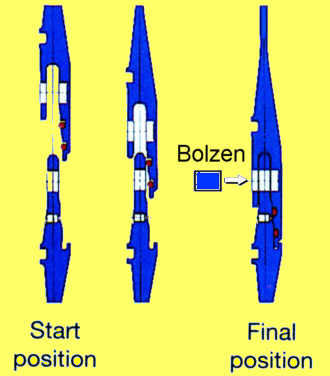 |
Clevis-Tang connection - Plasticity as load capacity-reserveThe cases of the trust-rockets (booster) for the Space Shuttle and ARIANE 5, that produce approximately 80% of the power of the system, are assembled together from several cylindrical segments using the so-called Clevis-Tang connection. The loading conditions of all parts of this connection stand under the very strong influences of the material - and geometry-non-linearities. Accident, which has led to the explosion of the Space Shuttle Challenger, was caused by the failure of the exact this connection. Because of this, this connection was especially thoroughly examined within of the ARIANE 5 development. The selected concept differs significantly in more details against the so-called improved space Shuttle solution and was additionally optimized to reduce the entire weight of the all booster. In this way the payload of the all missile was increased. The quality of this connection has helped decisively, that the ARIANE 5 has become the most reliable carrier rocket. |
 |
Future of the energies: Between synergy and chaos“Should the nuclear power be cut off today, tomorrow, or at least the day after tomorrow? Although this question seems actual at present it is misleading in certain respects. Because, cut off does not mean - dangers averted!.......” Once more, the competent authorities in Germany rack, there‘s brains over the (for them, surprisingly?) enormous costs, unresolved problems and the times of the decommissioning of nuclear plant. Hydrogen as an illusion? After 20 years of numerous research efforts Toyota has the courage moreover to bring a vehicle series model with fuel cell on the market. Our planet Earth has reason to laugh: The Toyota Mirai, fuelled with pure hydrogen, breathes air in and water out. No major advantage for car manufacturers in Germany... There is also a train powered by a fuel cell. No option over the dominant diesel locomotive? Should I take a plane as long as I do not have such a train as an alternative. |
Lastly, if you are interested: My hobby is to play jazz
The jazz-improvisation inspires me. I can realize new ideas with it directly. But they must necessarily be subordinated to the given surroundings (harmony)...! Is that also in the life not so?
Return to top